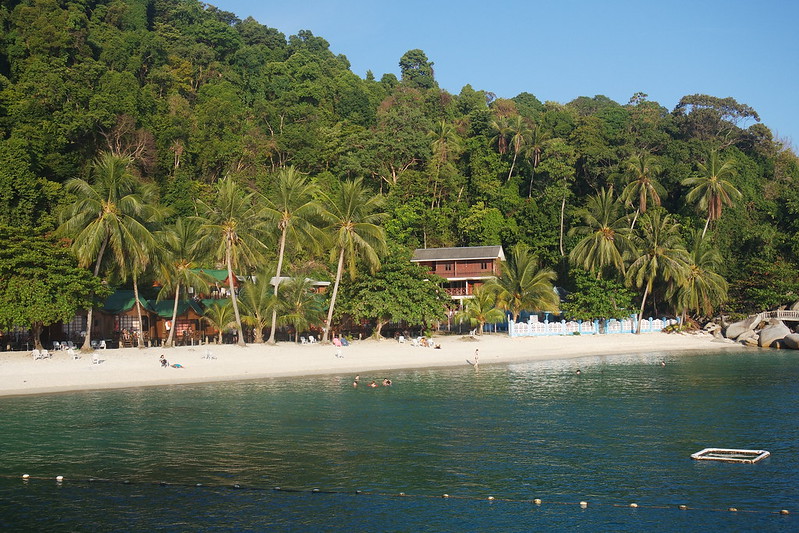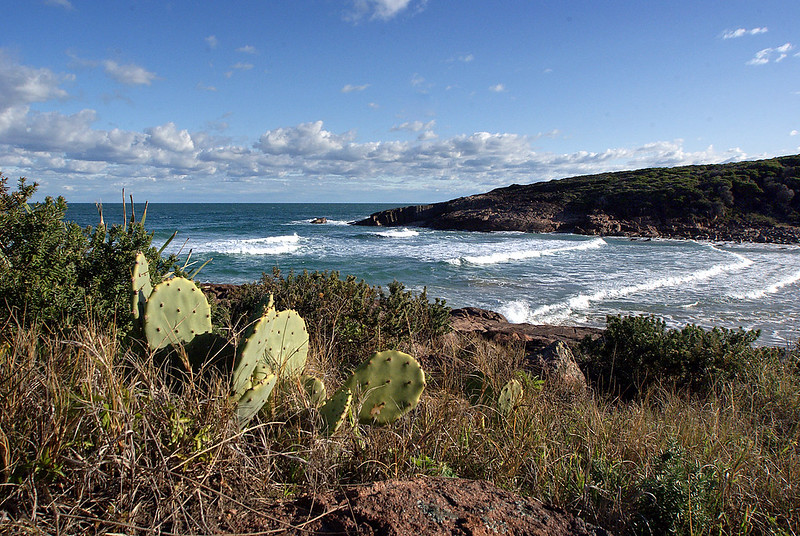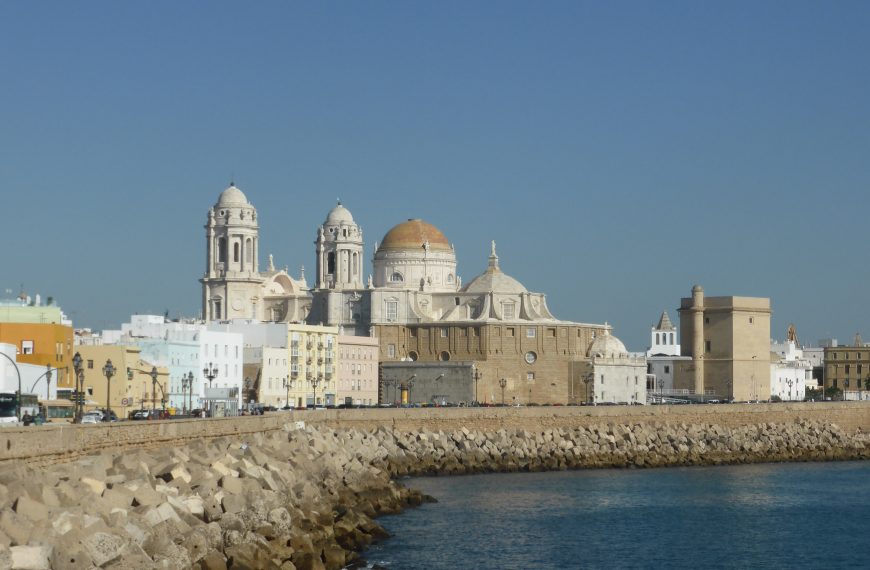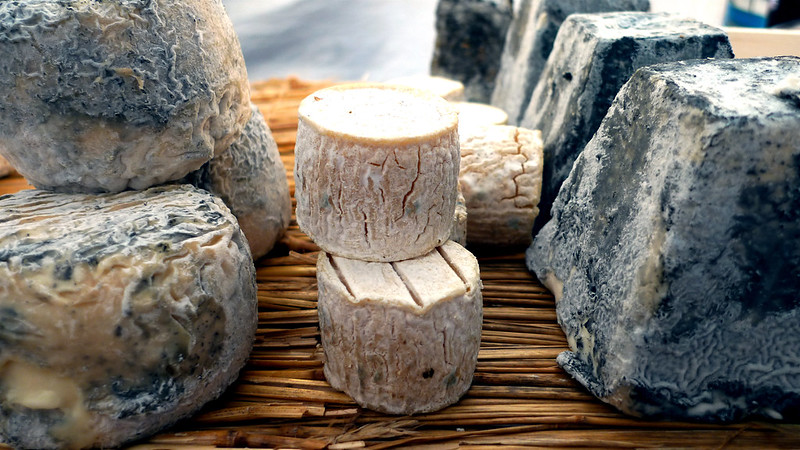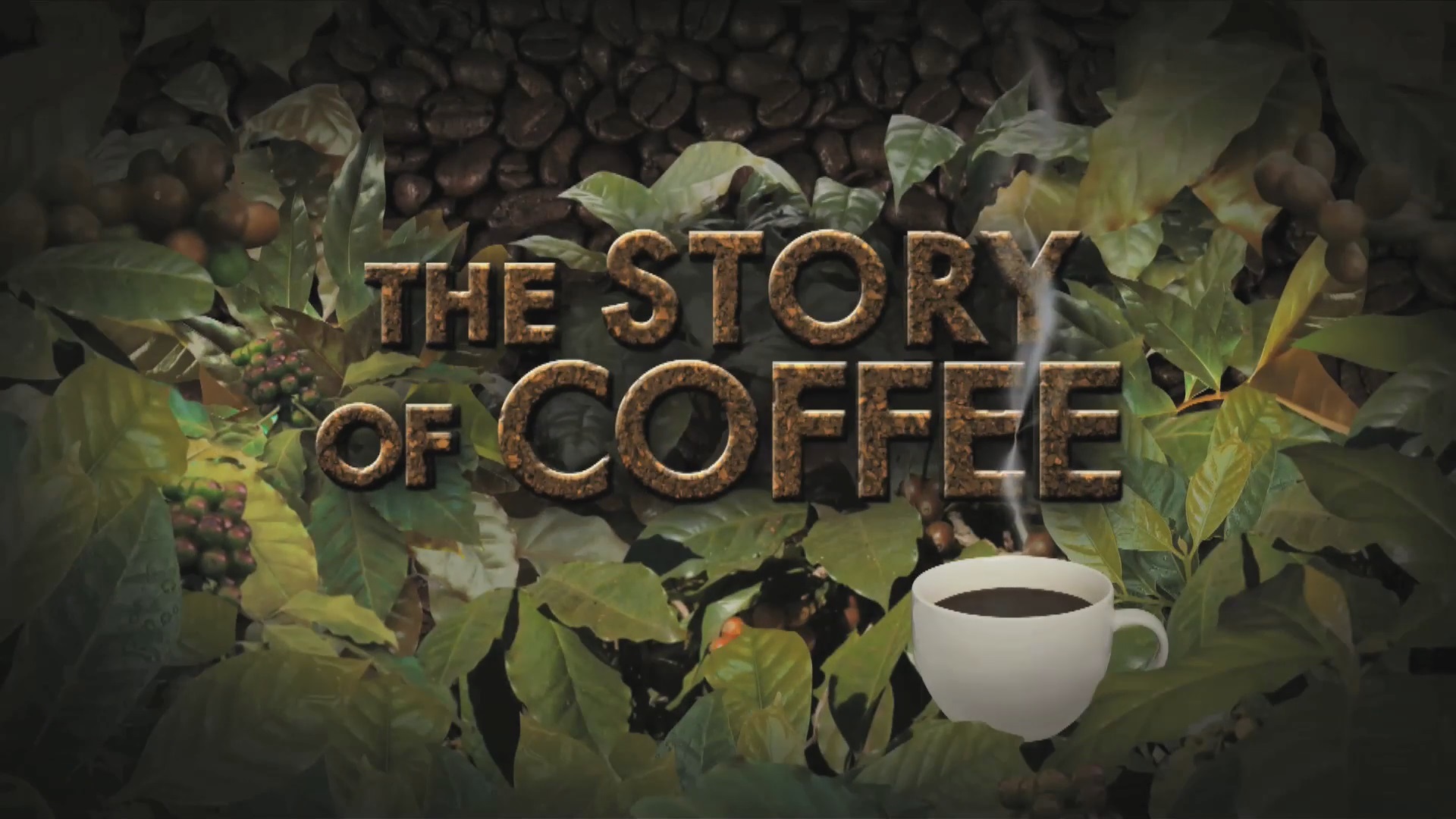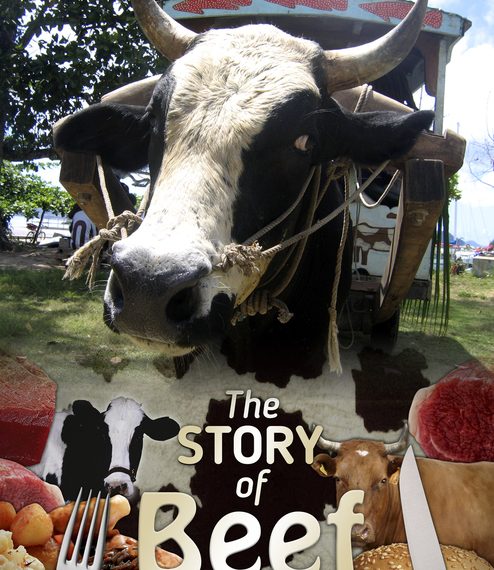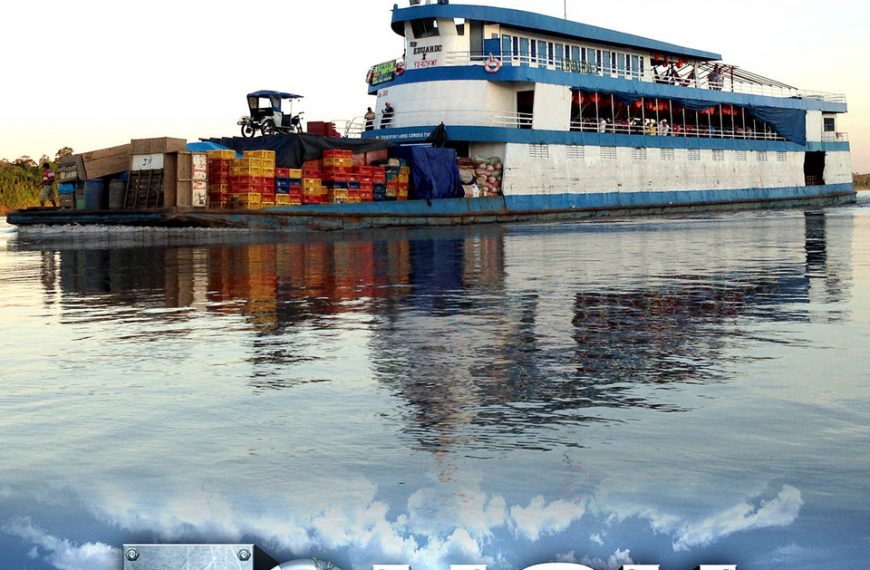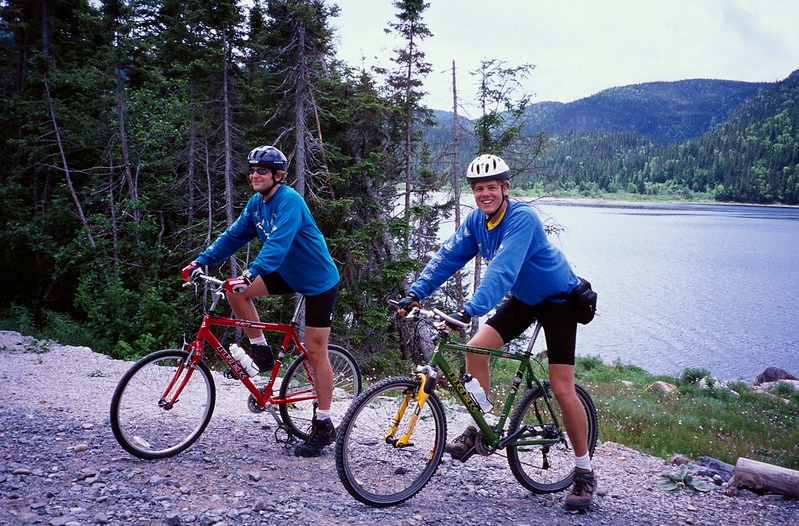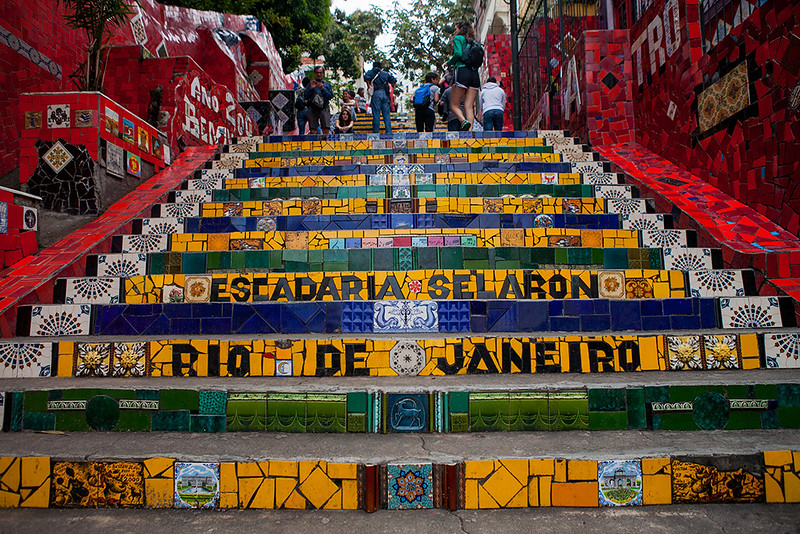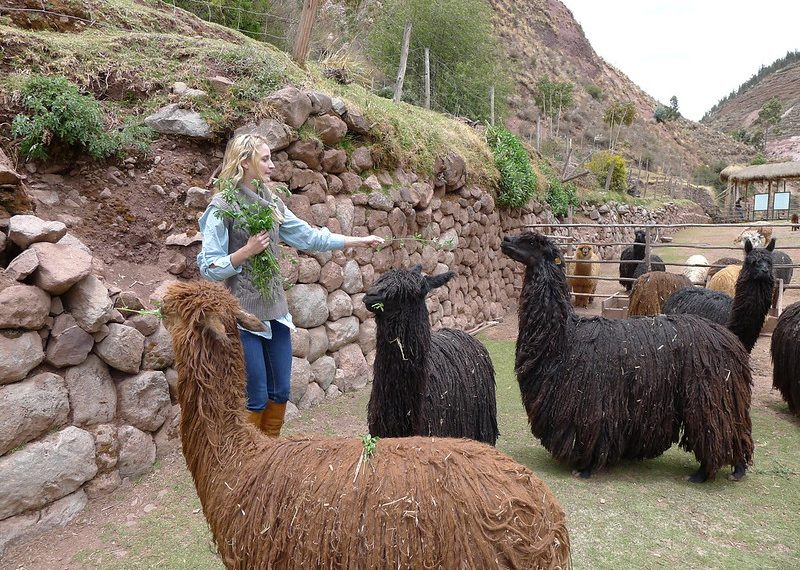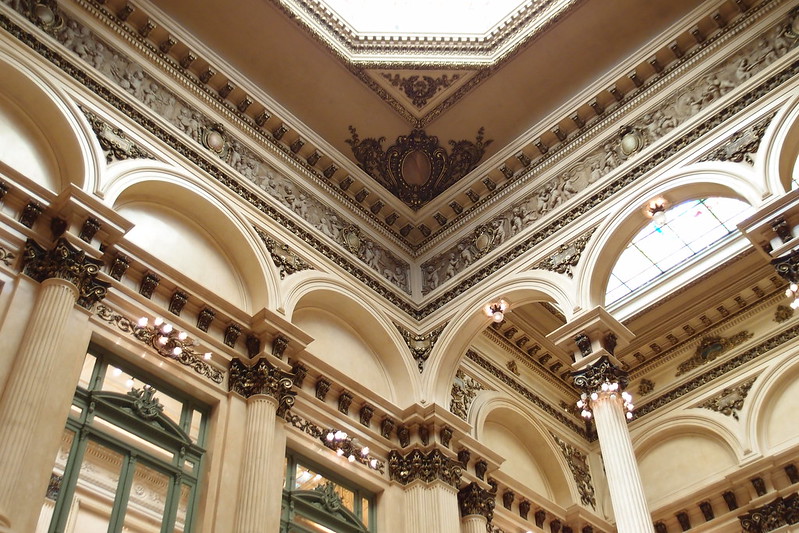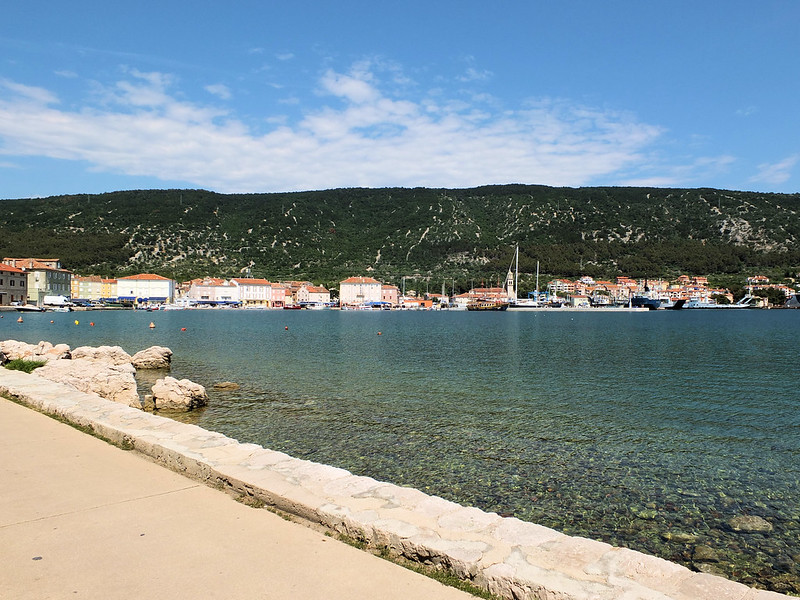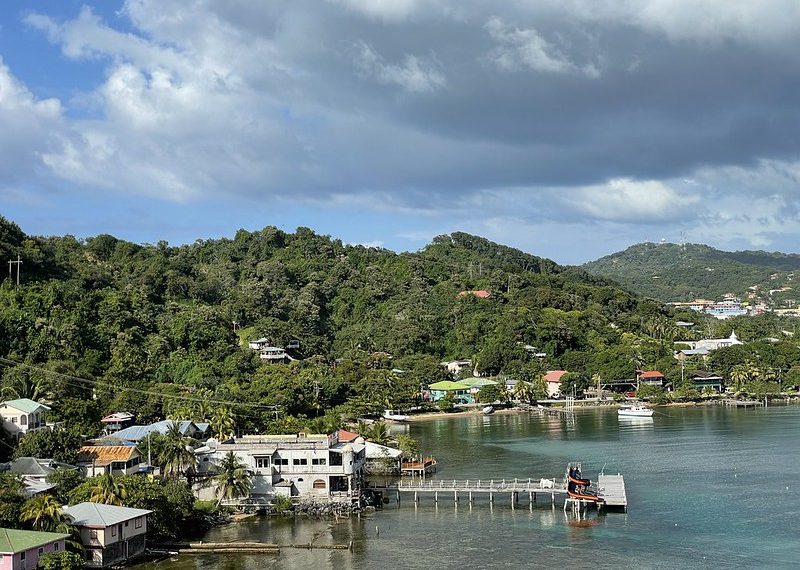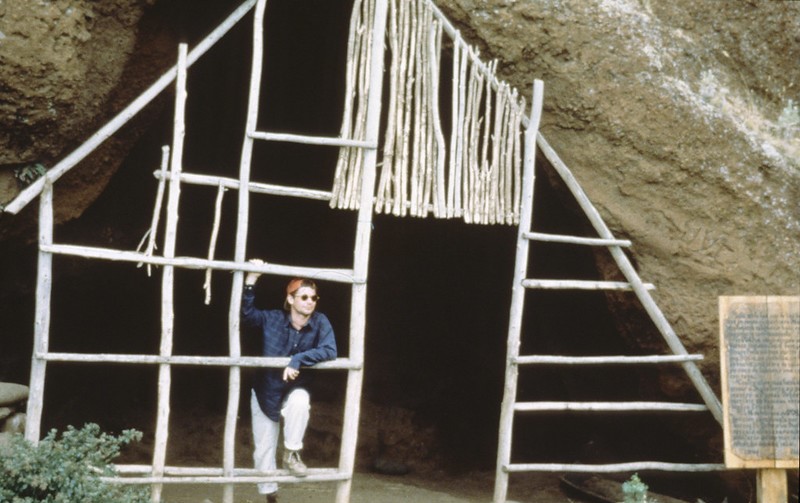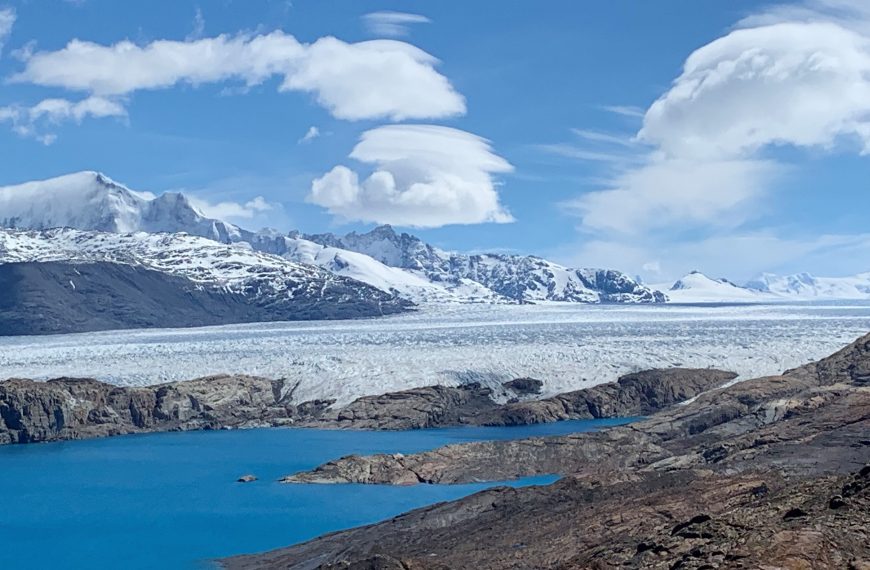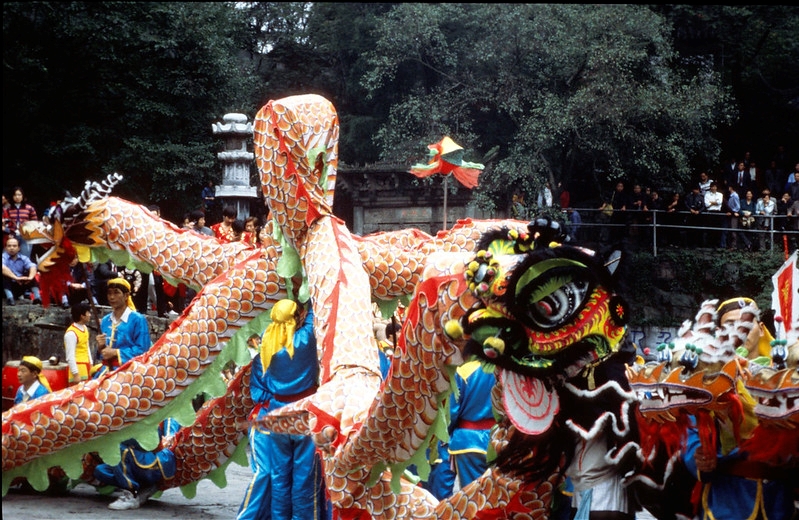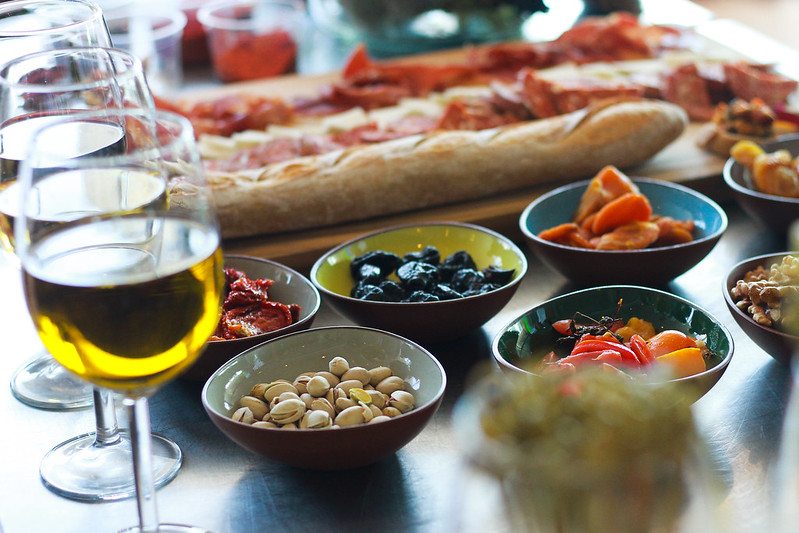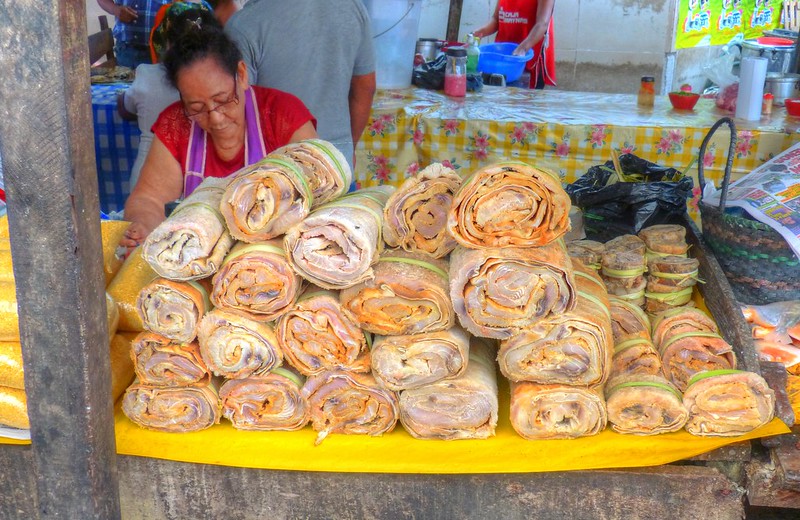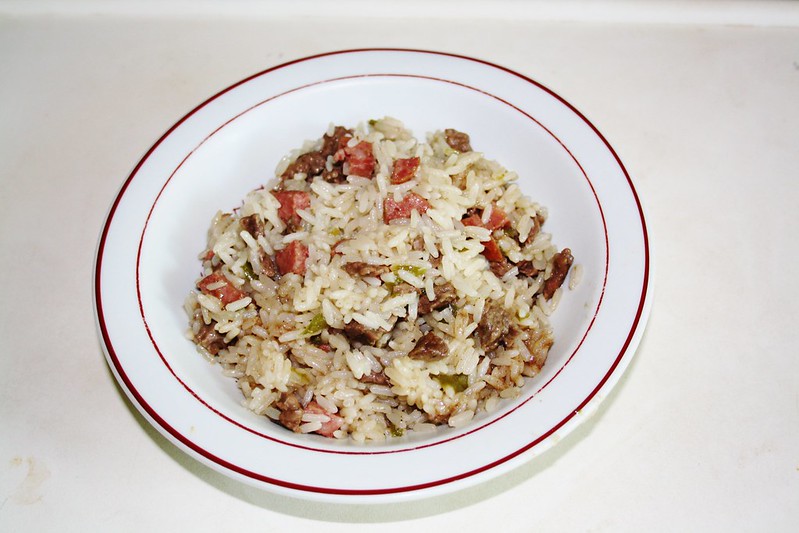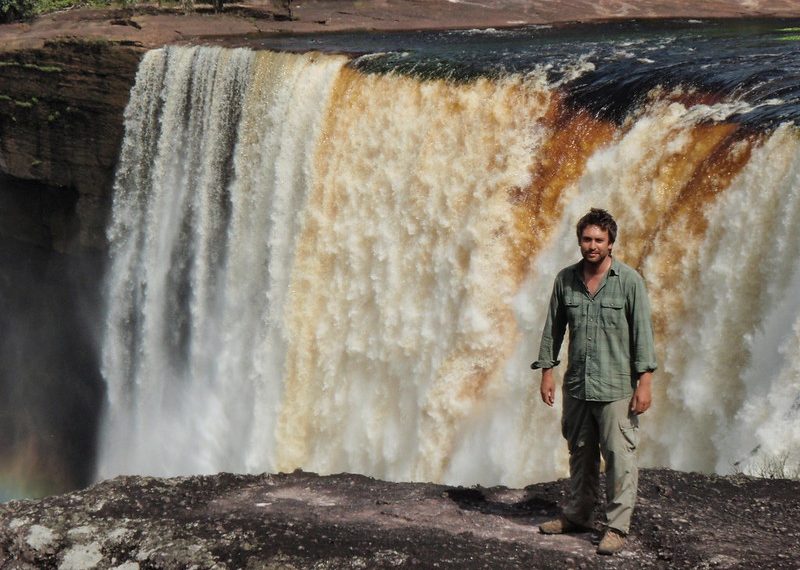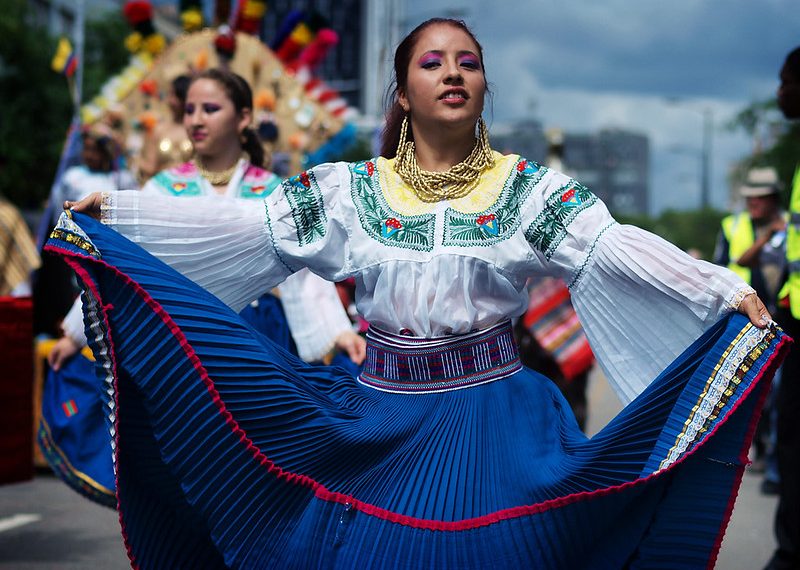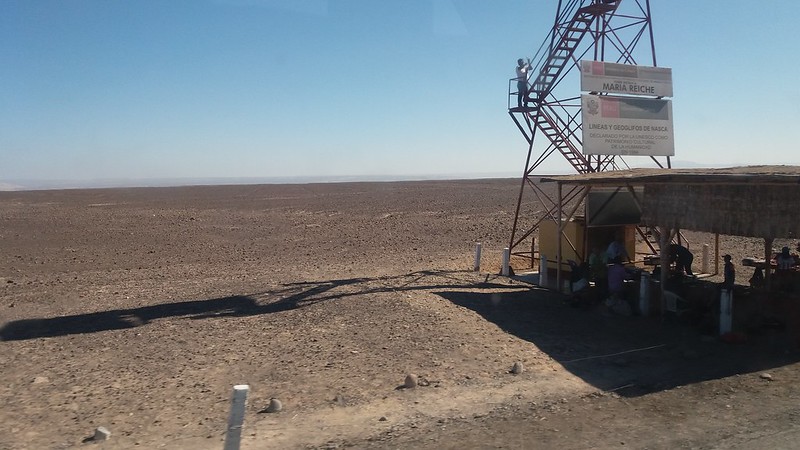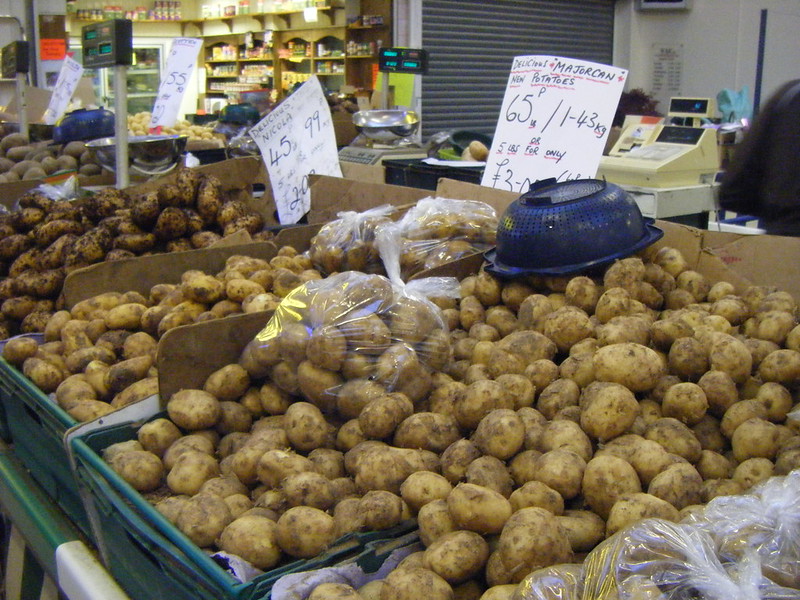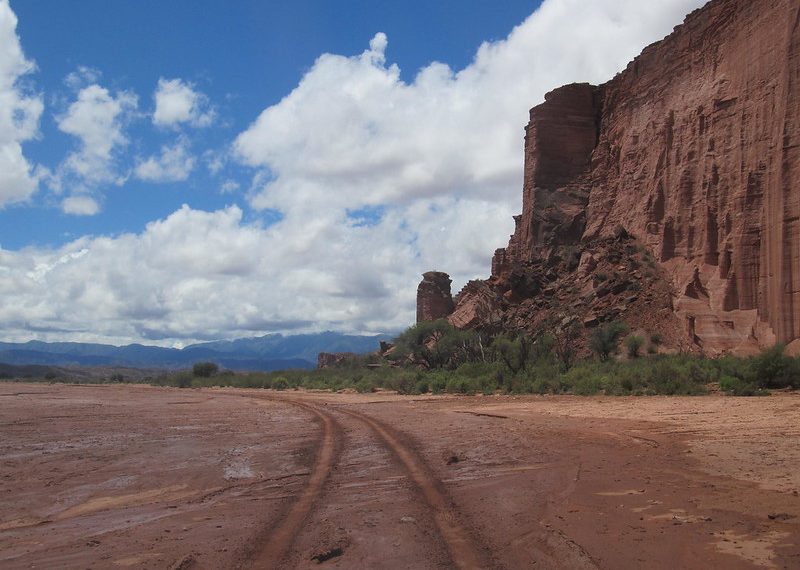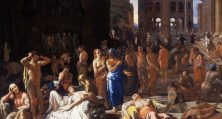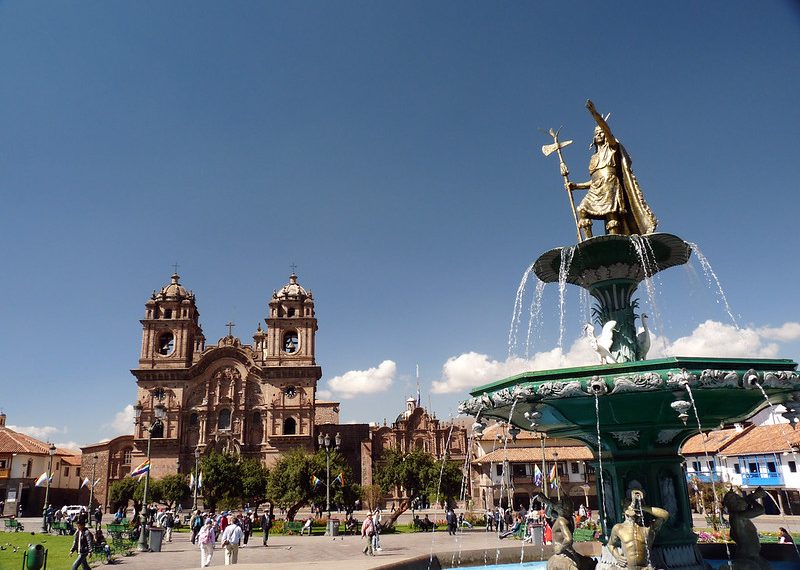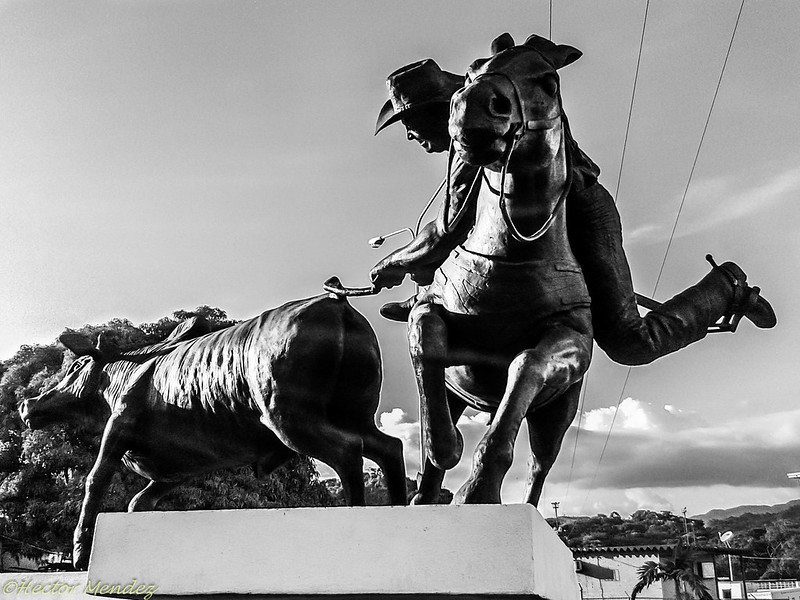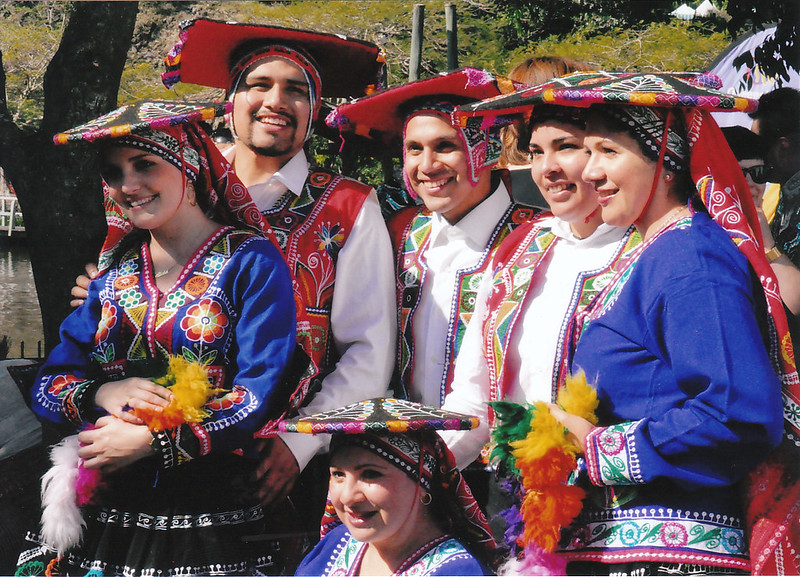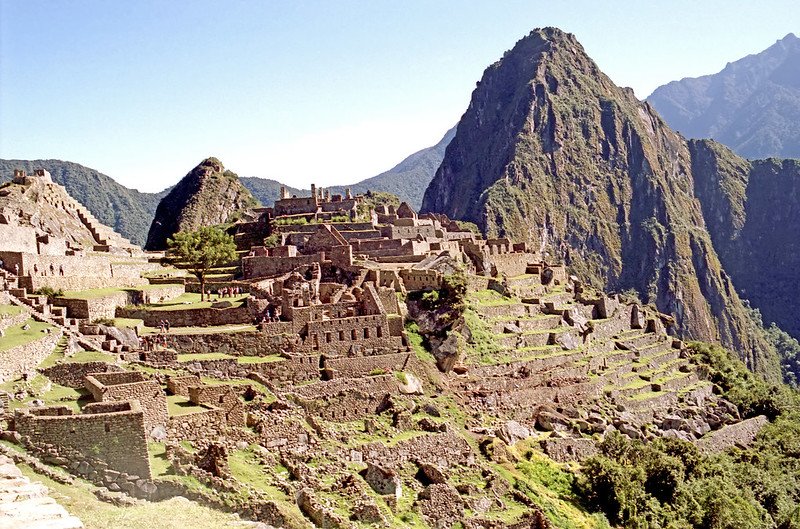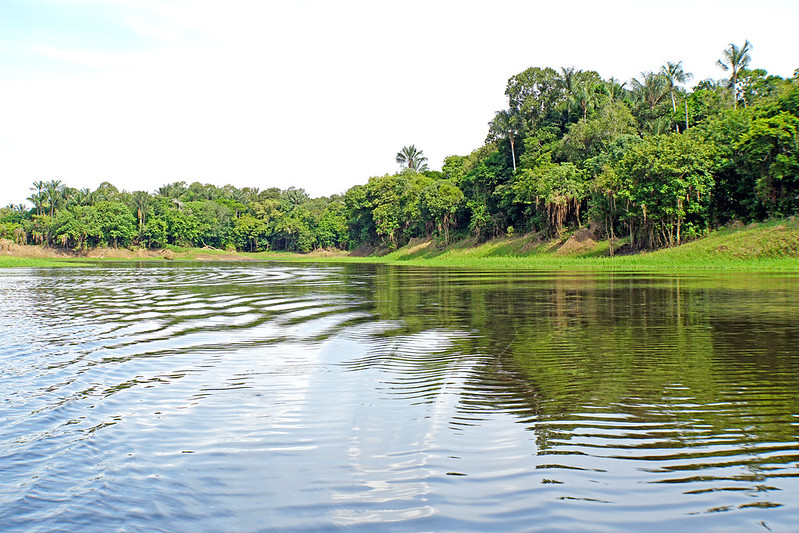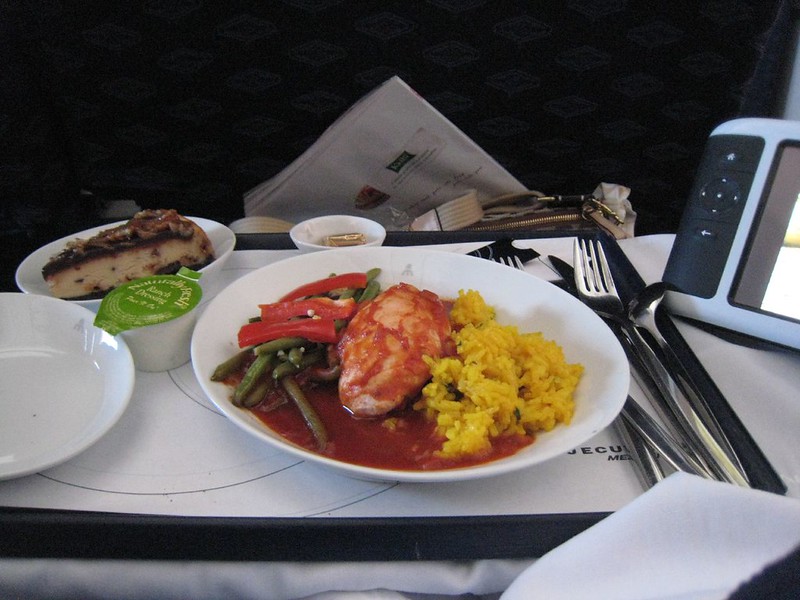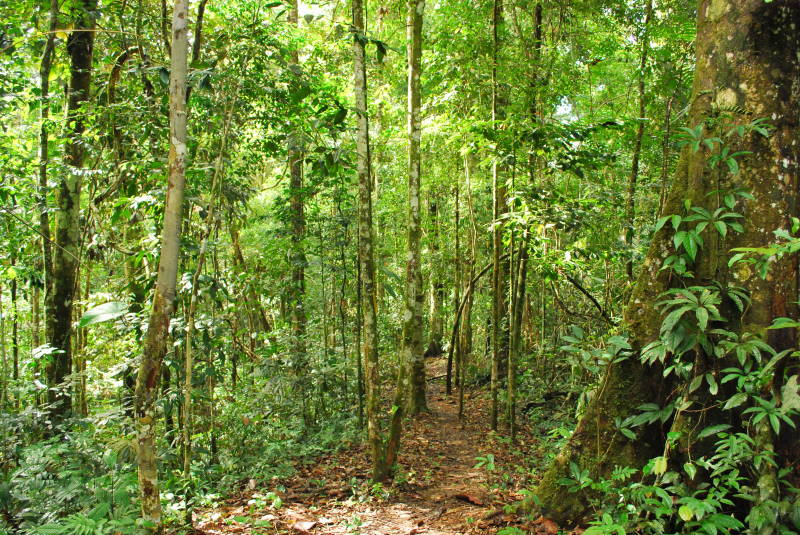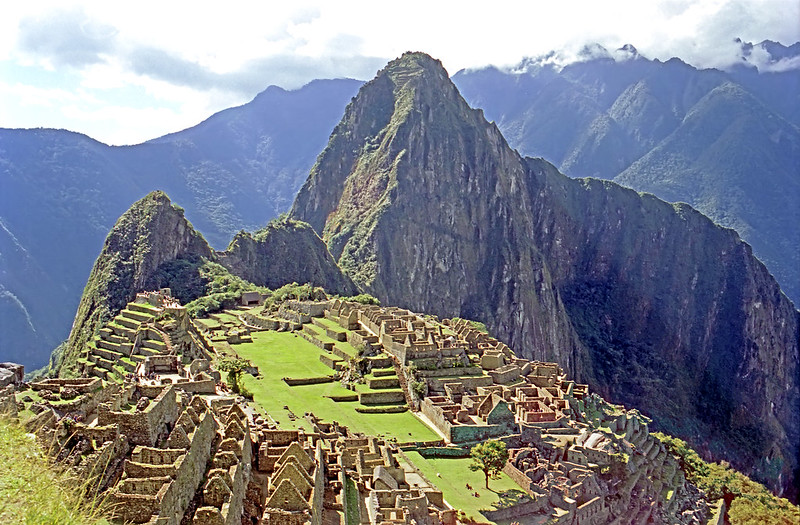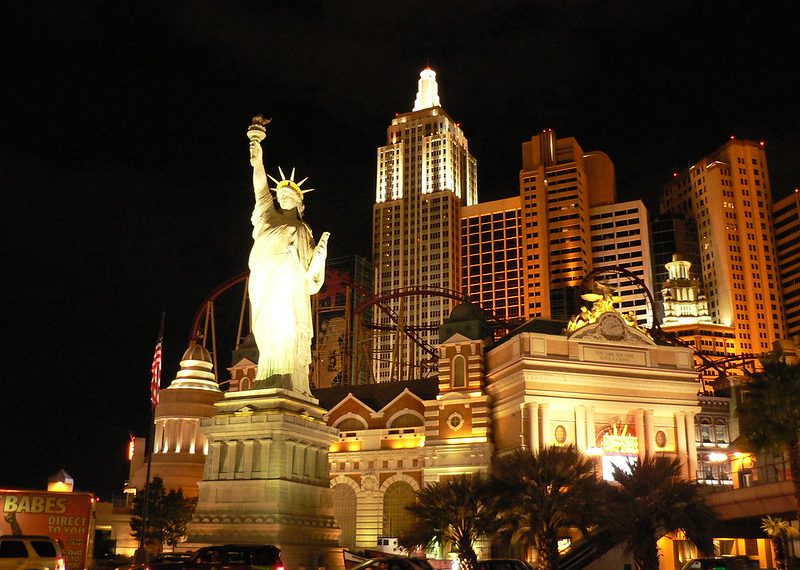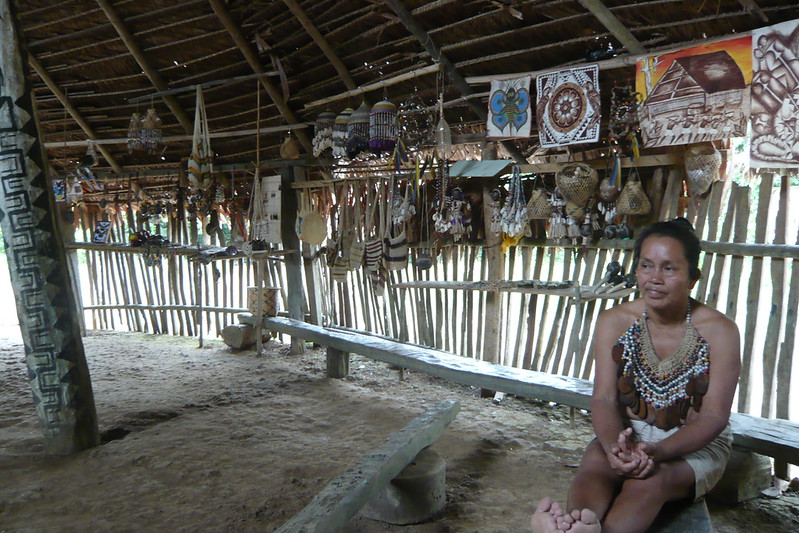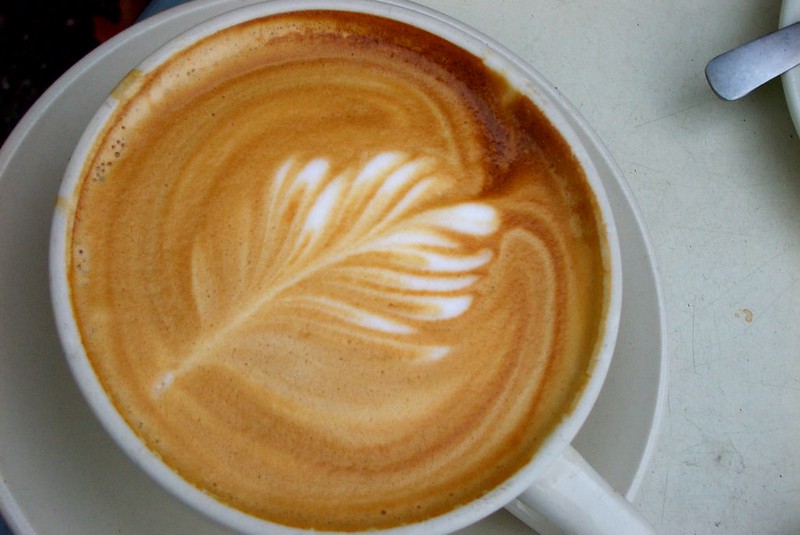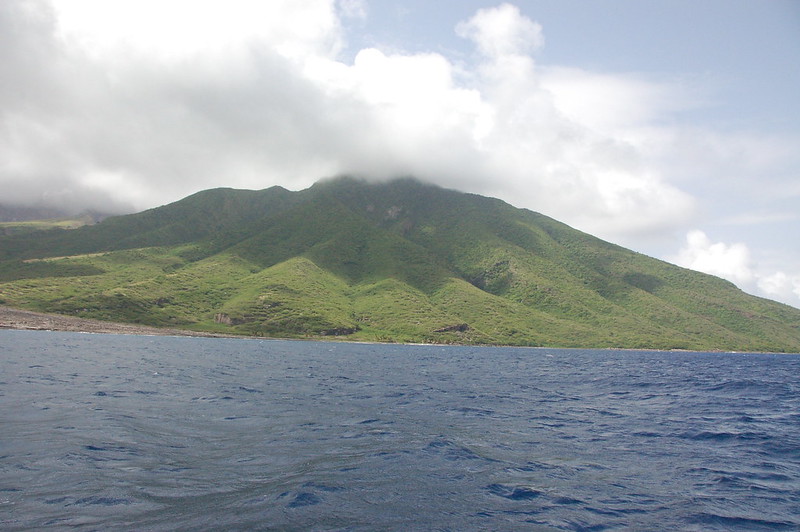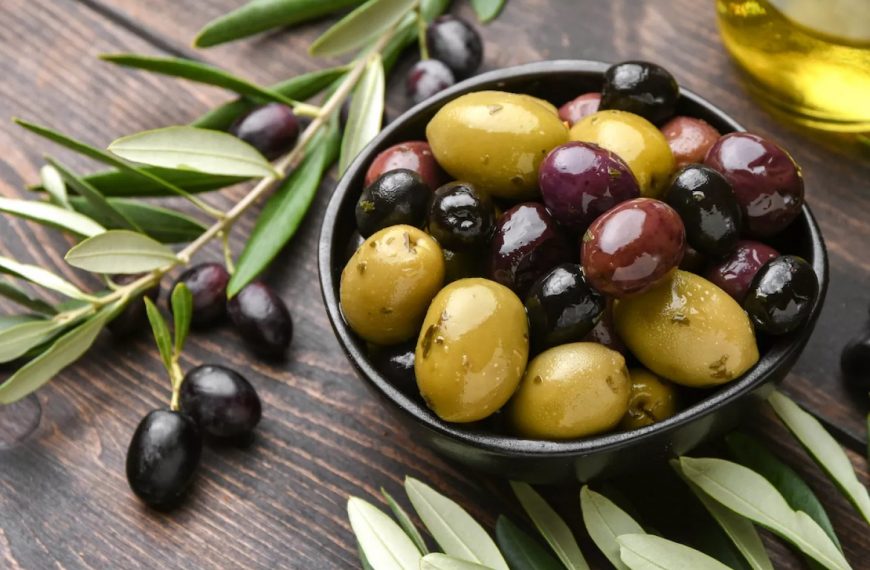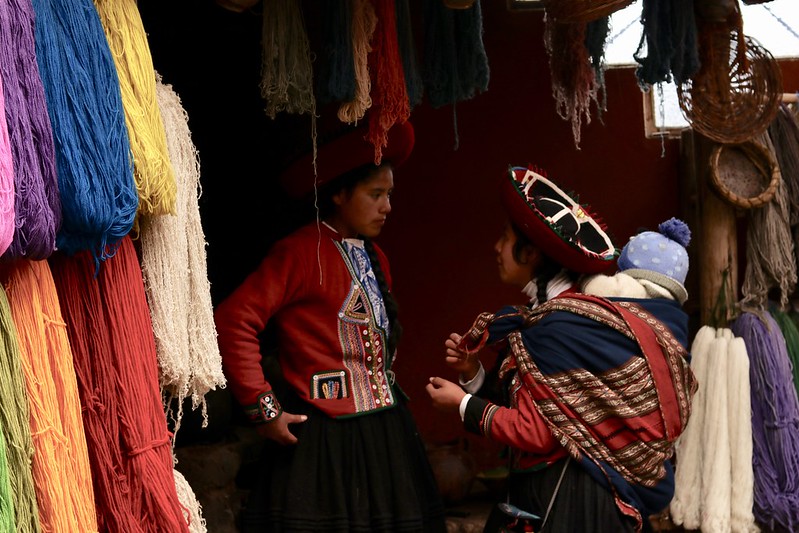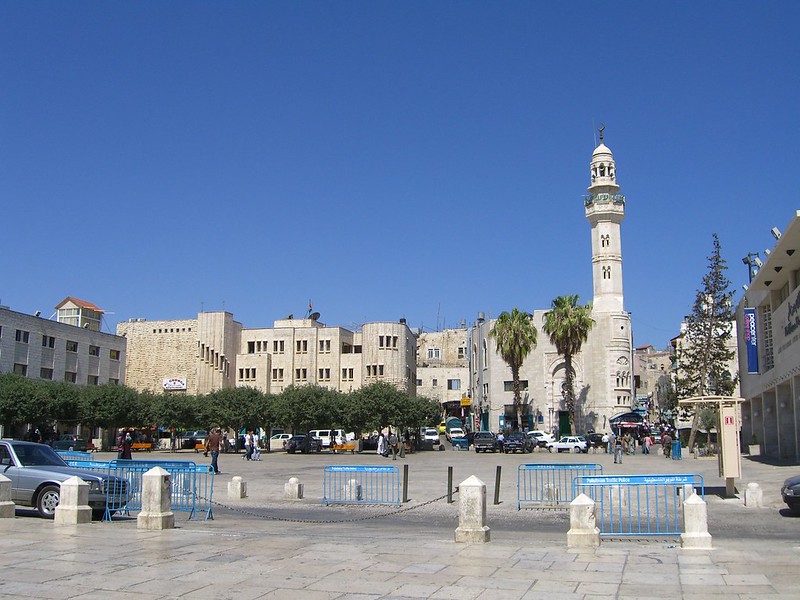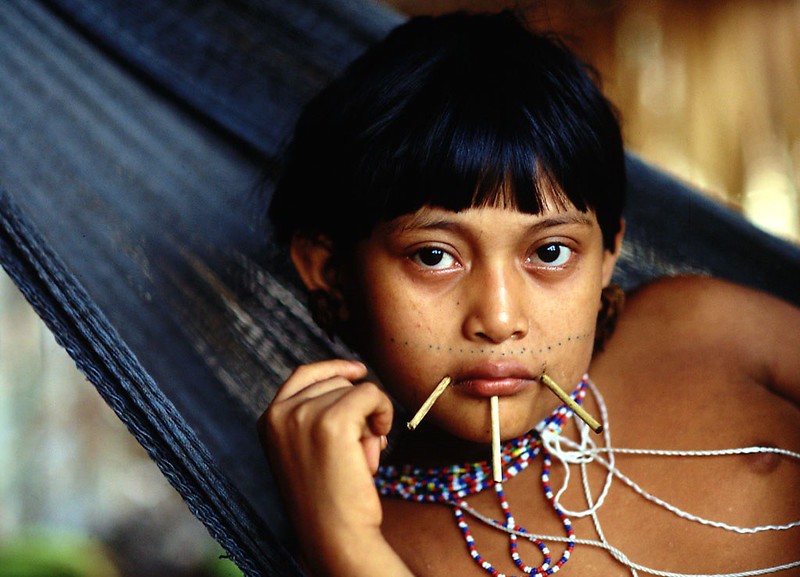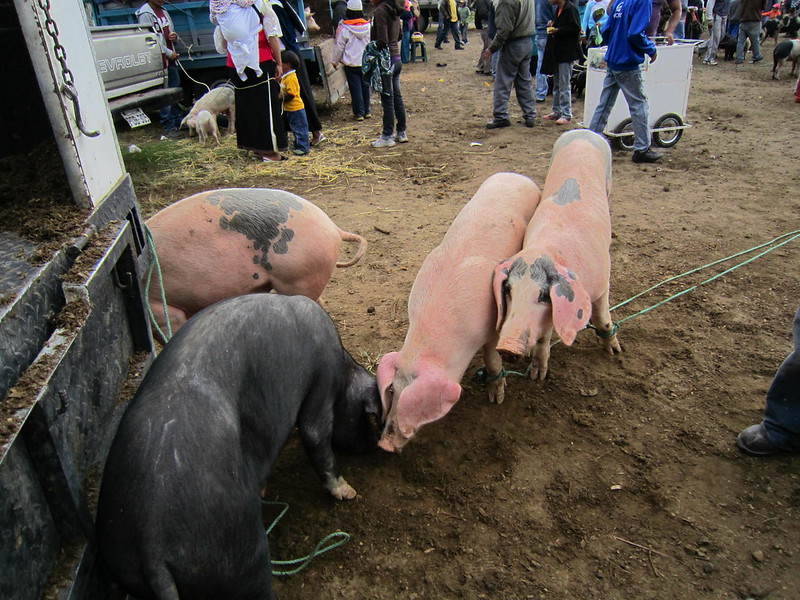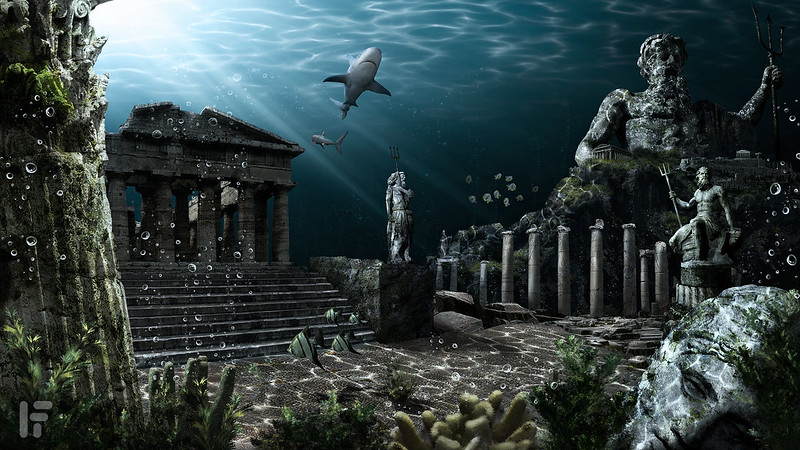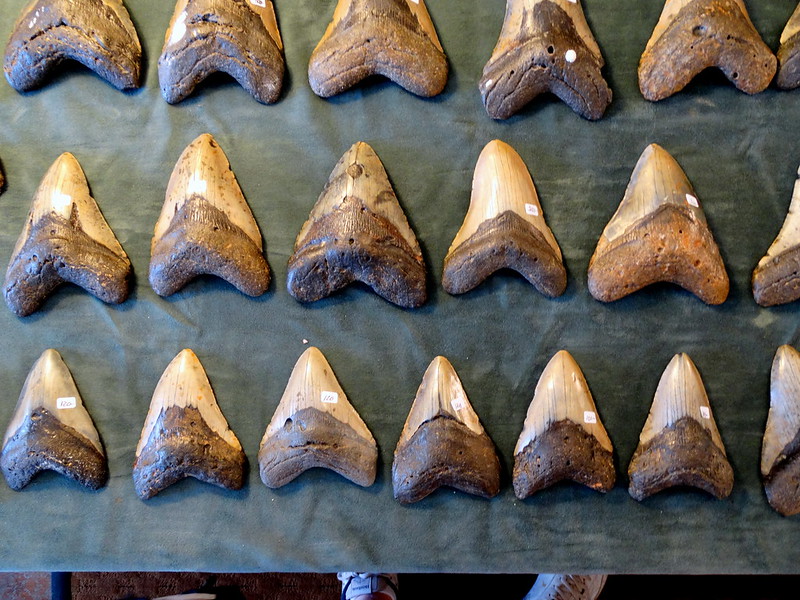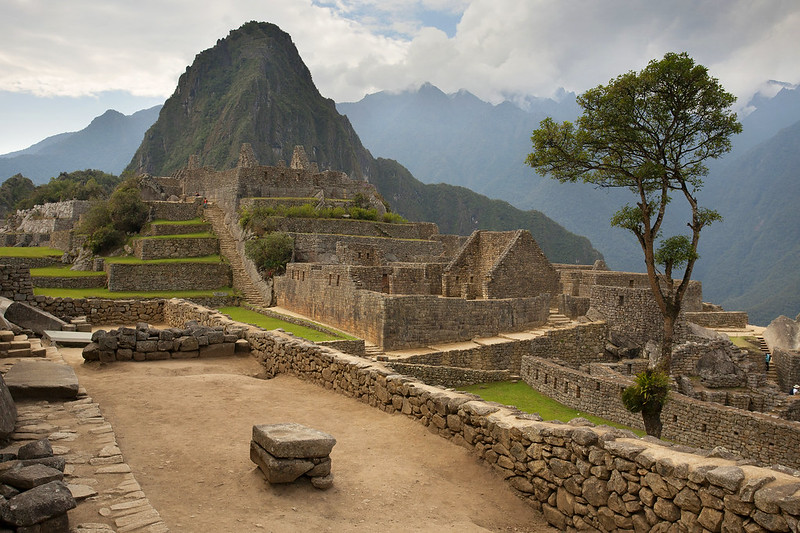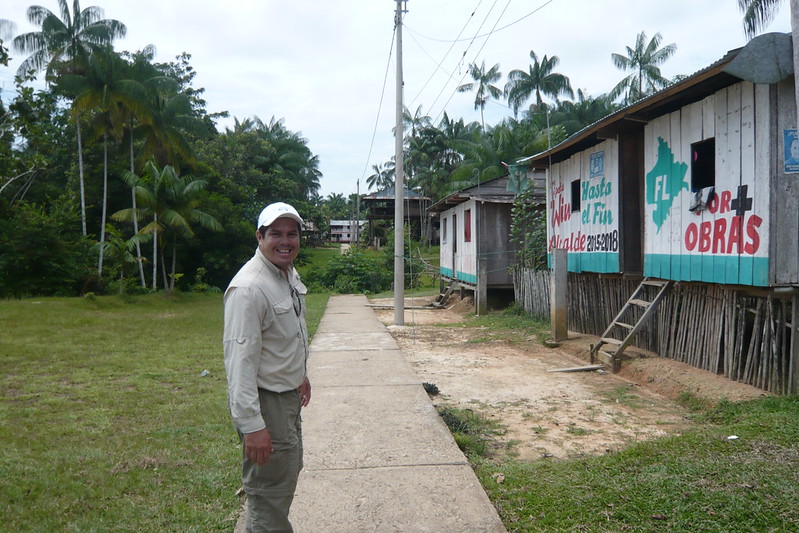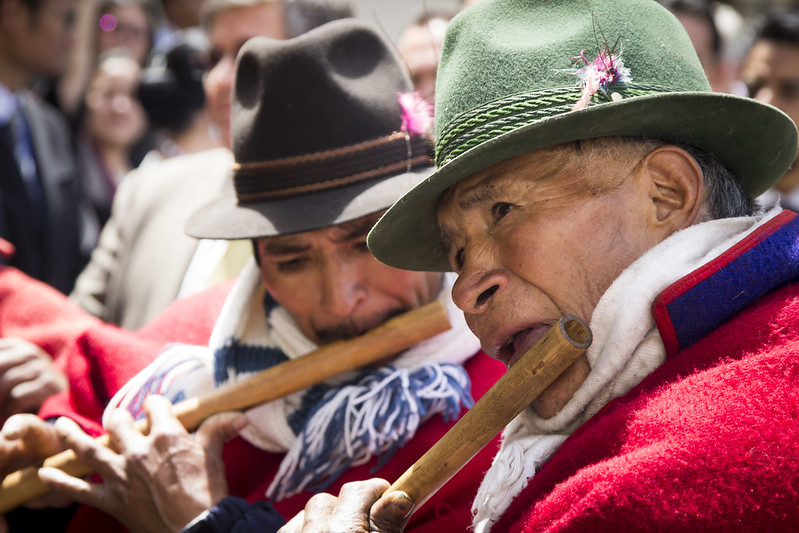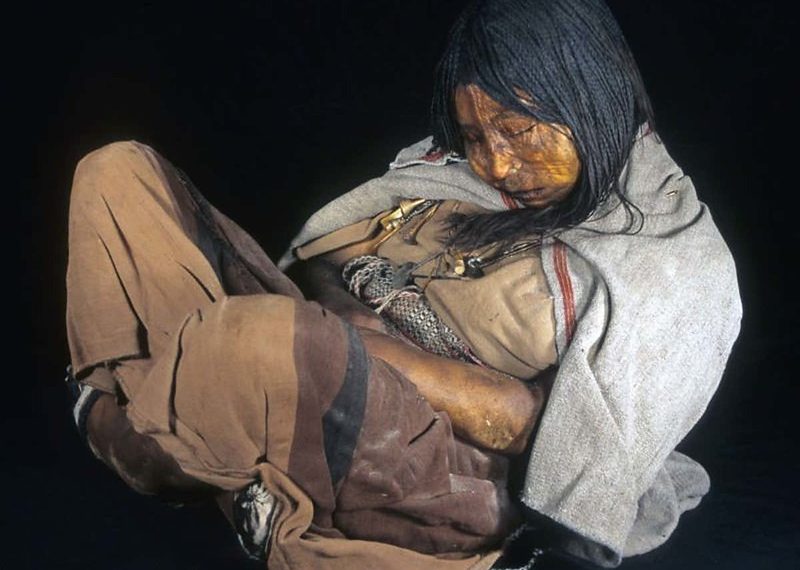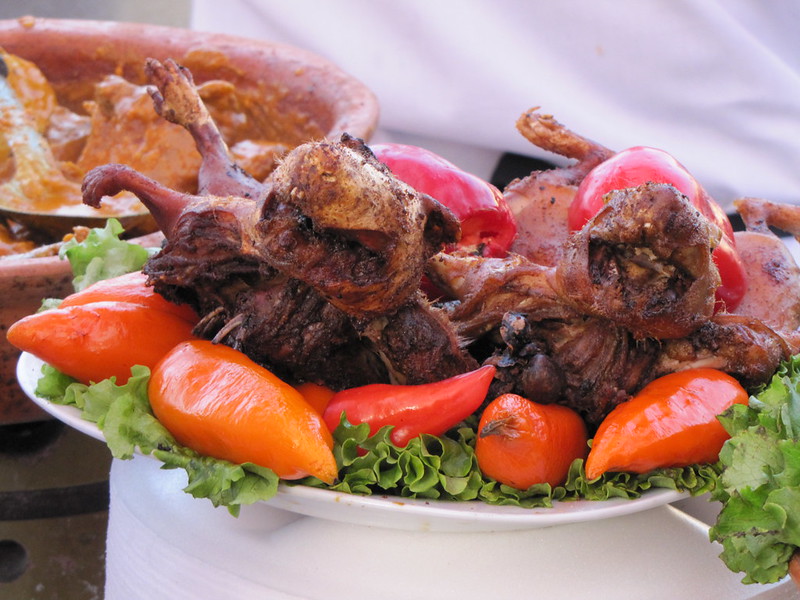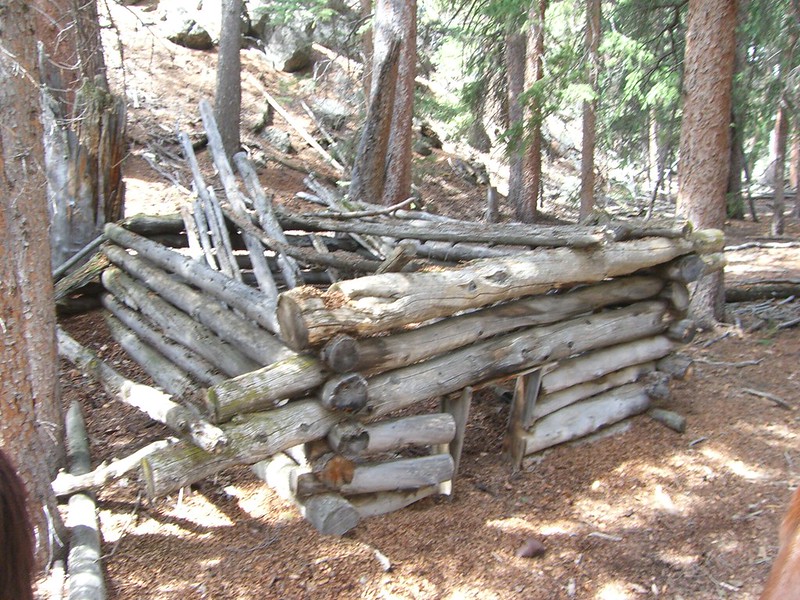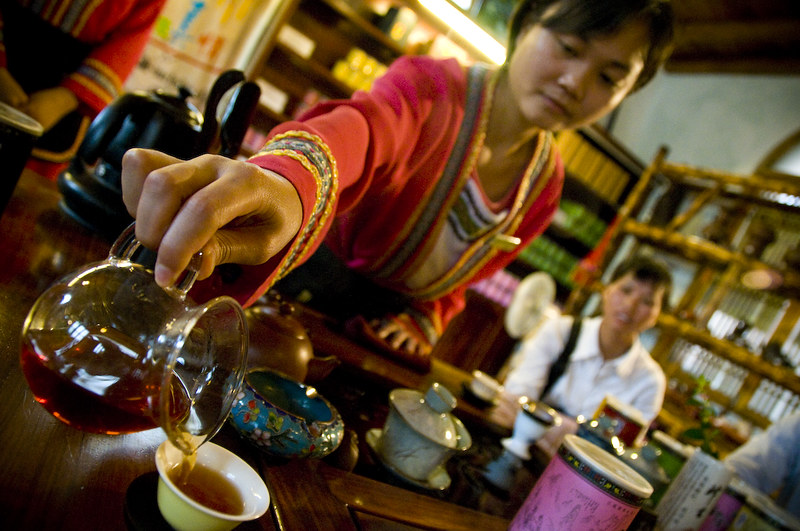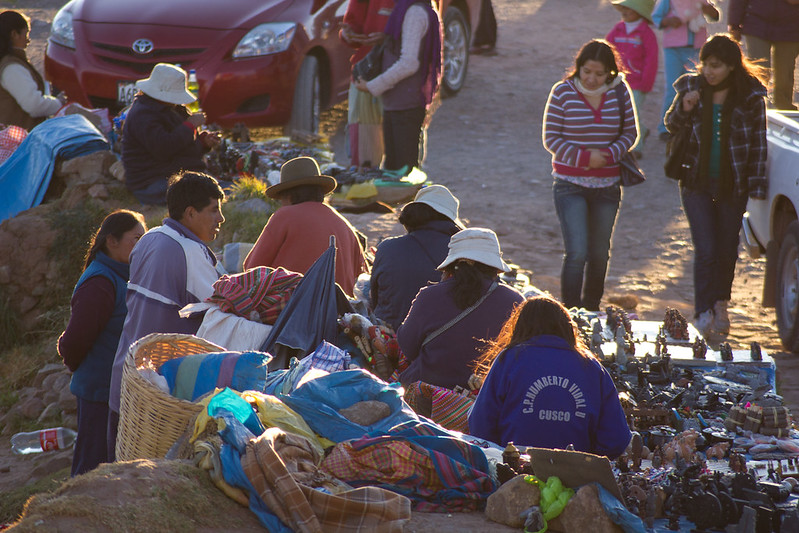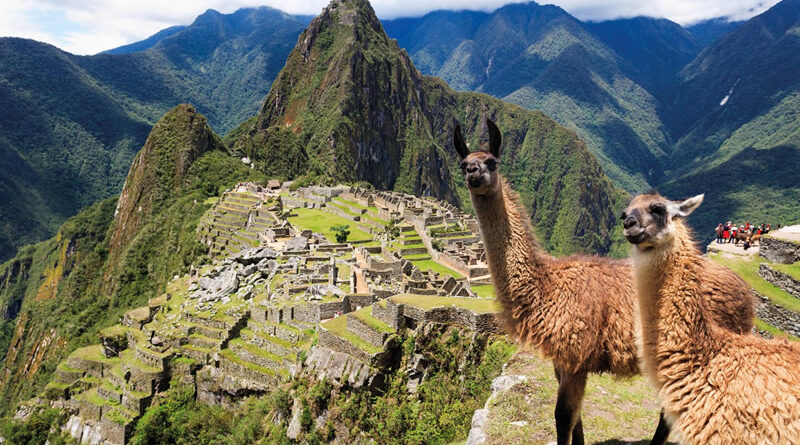
Peru
Peru borders with Ecuador, Colombia, Brazil, Bolivia, Chile, and the Pacific Ocean. With a population of approximately 26 million people, Peru is a large and diverse country both geographically and culturally. The country can easily satisfy all kinds of travellers due to its rich history, archaeological monuments, landscape, music and gastronomy. Mountains, beaches, and the Amazon jungle host remarkable cities and villages with friendly and hospitable people.
Lima is the capital of Peru and is a place where you can experience everything about Peruvian culture. The marks of a long colonial history have caused an amazing blend of western and eastern characteristics in architecture, music and gastronomy. A lively atmosphere, streets full of life, music and colour attract more and more visitors every year. To explore the coasts, climb high peaks, wander through a phenomenally varied eco-system – from arid deserts to the Amazon jungle – admire ancient civilizations and taste tropical fruits and unusual fish, a visit to Peru is a must!
Read More
Peru’s most historically significant city, Cusco is the former historic capital of the fallen Inca Empire. For 300 years between the 13th to 16th Centuries, Cusco was one of South America’s most powerful and wealthy cities. Sacked by the Spanish Conquistadors under the command of Francisco Pizarro, the city fell under control of the Spanish Empire. It is known for its spectacular pre-colonial architecture, much of which remains intact in the present day. Due to its wealth of pre-colonial and colonial buildings as well as its close proximity to Machu Picchu, Cusco has become one of the most popular tourism destinations in South America, with 1.2 million people visiting the city every year. The climate of Peru is as diverse as its landscape. The country consists of coastal, mountainous and jungle areas therefore temperatures vary. Along the Coast, deserts, valleys and beaches make up an arid and humid area with temperatures between 12 – 35C all the year round. If visiting the Peruvian mountains be prepared to face great variation in temperature between night and day (up to approximately 20C drop during the night). The Amazon jungle is of a tropical climate hot & humid. During May – August temperatures fall and you might meet cold spells known as “friajes”. There are no restrictions regarding dress code for visitors in Peru. It would be wise however to be equipped with comfortable and light colored clothes. Long sleeve tops, long trousers, raincoats, comfortable shoes and mosquito repellent are a must for Amazon trekkers. Spanish is the main language spoken by the majority of the population in the country. Quechua, the Inca Empire language is still official and spoken by a small percentage of the Inca descendants particularly people living in the mountains. Aymara is also spoken although not an official language while up to 38 different languages and a number of regional dialects can be found in the Amazon. English language is used only in tourist destination centres and major cities. Peruvian cuisine is said to be the finest in Latin America. The variety in landscape and climate has contributed greatly in the country’s gastronomy. 40 varieties of potatoes next to fish, vegetables and tropical fruits distinguish the Peruvian cuisine and along with influences from African creole, Spanish, Arabic and Chinese elements, Peru is a paradise of dishes. Well known and popular are: Ceviche (raw fish in lime), Aji de Gallina (spicy chicken) and Chupe de Camarones (shrimp soup). For Amazon trekkers, restaurants will be few and far between, so you have to look for the alternative. Piranha fishing is the ultimate recommendation, but make sure you do this with a qualified guide as Piranha are the most dangerous of fish in the world and can kill. Although there is not lot of flesh, piranha meat is extremely tasty and not salty, nor does it need any herbs to complement it. It is most of all unique and offers a majestic experience of fishing and cooking your own food straight from the Amazon River. The national currency is the Nuevo Sol (PEN) Peru is not an expensive destination but prices are higher in big centres such as Lima and tourist areas such as Machu Picchu and Cuzco. The easiest foreign currency to be used is the US Dollar. A good bargain can save you some money but if you are looking into a budget accommodation estimate to pay around $5 – 10 US for a budget B&B roon. USA, Canada, and most of the countries in Europe, South, Central, North America, Asia and Africa do not require a visa for a visit up to three months. For detailed information and advice contact the nearest Peruvian Embassy or Consulate. Peru borders with Ecuador, Colombia, Brazil, Bolivia, Chile, and the Pacific Ocean. With a population of approximately 26 million people, Peru is a large and diverse country both geographically and culturally. The country can easily satisfy all kinds of travellers due to its rich history, archaeological monuments, landscape, music and gastronomy. Mountains, beaches, and the Amazon jungle host remarkable cities and villages with friendly and hospitable people. Lima is the capital of Peru and is a place where you can experience everything about Peruvian culture. The marks of a long colonial history have caused an amazing blend of western and eastern characteristics in architecture, music and gastronomy. A lively atmosphere, streets full of life, music and colour attract more and more visitors every year. To explore the coasts, climb high peaks, wander through a phenomenally varied eco-system – from arid deserts to the Amazon jungle – admire ancient civilizations and taste tropical fruits and unusual fish, a visit to Peru is a must! Peru’s most historically significant city, Cusco is the former historic capital of the fallen Inca Empire. For 300 years between the 13th to 16th Centuries, Cusco was one of South America’s most powerful and wealthy cities. Sacked by the Spanish Conquistadors under the command of Francisco Pizarro, the city fell under control of the Spanish Empire. It is known for its spectacular pre-colonial architecture, much of which remains intact in the present day. Due to its wealth of pre-colonial and colonial buildings as well as its close proximity to Machu Picchu, Cusco has become one of the most popular tourism destinations in South America, with 1.2 million people visiting the city every year. The climate of Peru is as diverse as its landscape. The country consists of coastal, mountainous and jungle areas therefore temperatures vary. Along the Coast, deserts, valleys and beaches make up an arid and humid area with temperatures between 12 – 35C all the year round. If visiting the Peruvian mountains be prepared to face great variation in temperature between night and day (up to approximately 20C drop during the night). The Amazon jungle is of a tropical climate hot & humid. During May – August temperatures fall and you might meet cold spells known as “friajes”. There are no restrictions regarding dress code for visitors in Peru. It would be wise however to be equipped with comfortable and light colored clothes. Long sleeve tops, long trousers, raincoats, comfortable shoes and mosquito repellent are a must for Amazon trekkers. Spanish is the main language spoken by the majority of the population in the country. Quechua, the Inca Empire language is still official and spoken by a small percentage of the Inca descendants particularly people living in the mountains. Aymara is also spoken although not an official language while up to 38 different languages and a number of regional dialects can be found in the Amazon. English language is used only in tourist destination centres and major cities. Peruvian cuisine is said to be the finest in Latin America. The variety in landscape and climate has contributed greatly in the country’s gastronomy. 40 varieties of potatoes next to fish, vegetables and tropical fruits distinguish the Peruvian cuisine and along with influences from African creole, Spanish, Arabic and Chinese elements, Peru is a paradise of dishes. Well known and popular are: Ceviche (raw fish in lime), Aji de Gallina (spicy chicken) and Chupe de Camarones (shrimp soup). For Amazon trekkers, restaurants will be few and far between, so you have to look for the alternative. Piranha fishing is the ultimate recommendation, but make sure you do this with a qualified guide as Piranha are the most dangerous of fish in the world and can kill. Although there is not lot of flesh, piranha meat is extremely tasty and not salty, nor does it need any herbs to complement it. It is most of all unique and offers a majestic experience of fishing and cooking your own food straight from the Amazon River. The national currency is the Nuevo Sol (PEN) Peru is not an expensive destination but prices are higher in big centres such as Lima and tourist areas such as Machu Picchu and Cuzco. The easiest foreign currency to be used is the US Dollar. A good bargain can save you some money but if you are looking into a budget accommodation estimate to pay around $5 – 10 US for a budget B&B roon. USA, Canada, and most of the countries in Europe, South, Central, North America, Asia and Africa do not require a visa for a visit up to three months. For detailed information and advice contact the nearest Peruvian Embassy or Consulate.Cusco
Climate
The best period to visit depends on your taste, but it is worth knowing that the rainy season occurs from November to March. The rest of the year is dry with winter months being April to OctoberDress
Language
Food
Currency & Cost
Visa Requirements
Cusco
Climate
The best period to visit depends on your taste, but it is worth knowing that the rainy season occurs from November to March. The rest of the year is dry with winter months being April to OctoberDress
Language
Food
Currency & Cost
Visa Requirements

